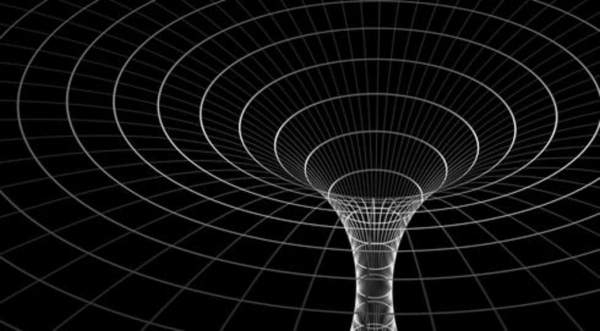According to a recent issue of Nature, a team, headed by Prof. LIU Jifeng of the National Astronomical Observatory of China (NAOC), observed a black hole of 70 more than solar masses 15 thousand light-years away from the Earth. Researchers names it LB-1.
Prof. LIU said that that the new models of stellar evolution tells us that our galaxy is not supposed to have such massive back holes, it has double the mass of what was thought poss....
Tags : Impossible Black Hole, Galaxy, spotted , Nature, stellar evolution,


comments (0)